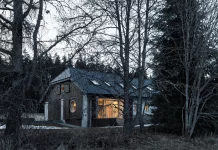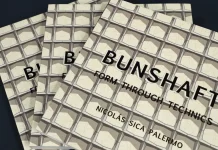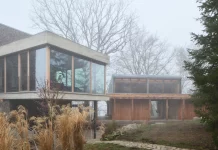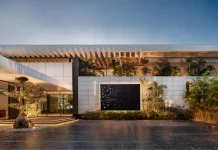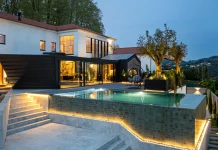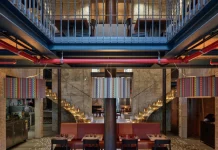Why Does Emotional Connection Trump Scale in Modern Design?
Miami recently transformed into the epicenter of global design dialogue. Architects gathered to define the built environment’s future, and the World Architecture Festival insights emerging from this event matter more than ever. SAOTA leaders Phillippe Fouché and Philip Bartman returned to the festival as judges. Their experiences offer a crucial roadmap for aspiring entrants. They analyzed hundreds of innovative projects. Their takeaways highlight a distinct shift toward emotion, climate, and technology. You must understand these shifts to stay relevant. The industry is moving away from spectacle. It is moving toward substance. Consequently, these reflections provide a rare glimpse into the minds of the jury.
The Shift Toward Narrative Architecture
Phillippe Fouché judged the Future Projects: House category this year. He noticed a distinct pattern among the most successful entries. Size does not guarantee a win anymore. Massive complexity often fails to impress the jury. Instead, emotional resonance matters most. The best projects tell a compelling narrative. They connect with users on a visceral level. World Architecture Festival insights confirm that judges look for soul, not just geometry.
Architects must prioritize purpose over ego. A small, detailed studio project can beat a skyscraper. This reality levels the playing field significantly. Furthermore, Fouché observed that successful designs create spaces that feel purposeful. They elevate architecture beyond simple function. Does your portfolio reflect this human-centric approach? You need to ask if your work tells a story. If it remains silent, it will likely go unnoticed.
How Are Sustainability and AI Reshaping Architectural Practice?
Philip Bartman focused his attention on the Sustainability category. His observations confirm a critical industry evolution. World Architecture Festival insights point directly toward urgent decarbonization. Climate adaptation is no longer optional. It drives the core concept of winning designs today. We cannot treat sustainability as an add-on. It must form the project’s DNA.
AI as a Practical Tool
Bartman also addressed the technological elephant in the room. Artificial Intelligence has officially permeated the design studio. However, successful firms use it wisely. World Architecture Festival insights suggest AI is now synonymous with modern architecture. Yet, the best architects do not use it as a gimmick. They use it as a practical tool.
It accelerates workflow without replacing intuition. AI enhances the creative process rather than dictating it. It helps visualize complex ideas rapidly. Therefore, human intuition remains the core driver. You should view AI as a powerful lens. It clarifies your vision but does not create it for you. This balance defines the leading edge of contemporary practice.
Can Concepts Like SAOTA’s Commune Fix Urban Disconnect?
SAOTA practiced exactly what they preached with their own entry. They presented Commune, a project shortlisted in the Future Projects – Civic category. This concept reimagines a neglected site in Cape Town’s CBD. The team proposed a dynamic hub for creativity and economic opportunity. Design Indaba commissioned this forward-thinking vision.
Innovation with Local Materials
The proposal introduces a radical structural approach. They utilized Cross-Laminated Timber (CLT) for the building. Interestingly, they sourced this wood from invasive Eucalyptus trees. This strategy solves two problems simultaneously. It removes environmental threats and creates sustainable materials. World Architecture Festival insights often favor this kind of dual-purpose thinking.
The design fosters social interaction. It creates a layered, adaptable space for entrepreneurs. This project illustrates how design-led strategies revitalize cities effectively. It proves that we can build environments that are socially vibrant. Moreover, it shows we can remain environmentally responsible.
What Do These World Architecture Festival Insights Mean for You?
Interpreting these World Architecture Festival insights is crucial for your professional growth. Future entrants must look beyond the glossy render. Visuals alone will not secure a WAF trophy in the future. The narrative must carry the weight of the design. Sustainability must exist in the foundation. Technology must serve the human experience.
We see a clear move towards “soft” power in architecture. Influence comes from thoughtfulness, not just concrete volume. Therefore, you must adapt your design philosophy. Embrace the story, the climate, and the tools available. That is how you win. That is how you build the future.
Any footage © SAOTA. Check out WE AND THE COLOR’s Architecture category for more.
Subscribe to our newsletter!





